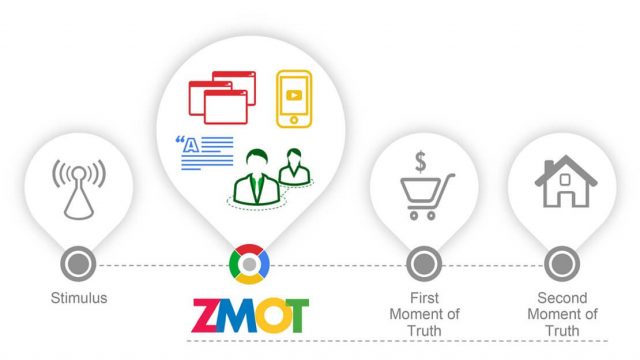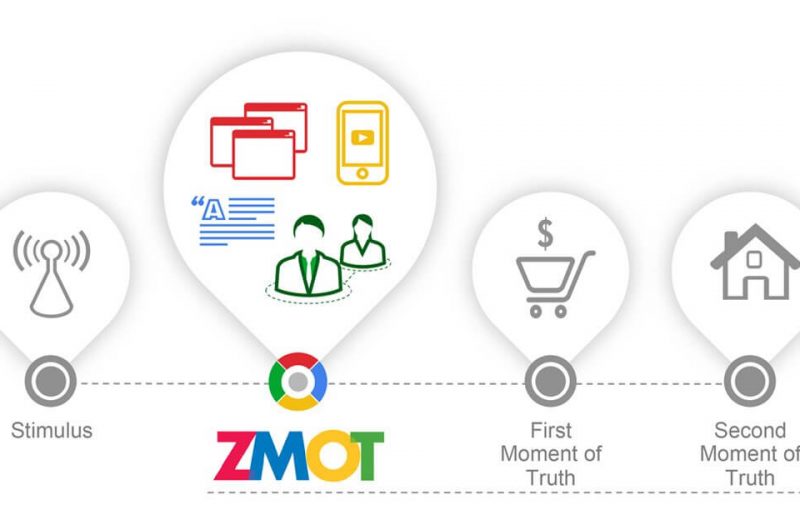This shouldn’t be news to anyone, but the internet has changed things – forever.
So I was surprised at a recent event that even after 8 years, very few people in a room of marketing professionals had heard of the Zero Moment of Truth. The Zero Moment of Truth was coined by Google to articulate a very important change in purchasing behaviour that has manifested as a result of the ascendance of the internet as an engine for commerce.
While it’s not a new concept, it’s a concept worth knowing.
What is the Zero Moment of Truth?
To help give this new pattern of behaviour a name, Google added to an existing model of the marketing concept.
A ‘Moment of Truth’ can be considered an experience with the product that will influence buying behaviour.
The Zero Moment of Truth states that shopping behaviour has changed in such a way as they are now able to and do perform more expensive research of their purchases online.
Buyers feel more empowered to get access to purchasing information, and if they’re not satisfied, they won’t stick around and wait for you to provide it.

Where did it come from?
The foundation of the ZMOT is rooted in the traditional 3-step mental model of marketing.
These steps can be defined as:
| Stimulus |
|
| First Moment of Truth |
|
| Second Moment of Truth |
|
Effectively, the consumer was told they need to buy something(Stimulus), they went to a store. They browsed the products and perhaps spoke to a store assistant about the selection of products and which one they should choose(First Moment of Truth). Then they went home and used the product (Second Moment of Truth). This isn’t the model for how buying works anymore.
Zero Moment of Truth acknowledges that consumers:
- Perform research on a product before making a purchase
- Consult a range of information sources before making a purchasing decision (up to 10 or more!)

Why is it important?
ZMOT is a tool. It’s a tool to shape the way we provide information about products online.
The bottom line is that the more information you can provide to your customers, hiding or placing product information behind a barrier will only frustrate and turn away an interested buyer.
ZMOT also explicitly recognises that the customer interaction is a long tail interaction – so measuring success through last-click attribution is akin to measuring the performance of a relationship based on the Wedding – there’s a lot more that happens before we get to that point!
Breaking it down with examples
| Stimulus |
|
| Zero Moment of Truth |
|
| First Moment of Truth |
|
How is it considered in relation to websites?
We consider ZMOT in relation to the type of information that should be available on your website. If this information is not available, then you may not be placed into consideration.
Consumers want to:
- Have information to compare your product to alternatives
- See that social proof that people have used the product and recommend it
- Understand specific applications and examples of the product in use
These characteristics are amplified in eCommerce websites.
What information influences consumer behaviour?
It ultimately depends on what you are selling, eCommerce products require different information than B2B products or B2C services.
Generally
- Online Reviews
- Case Studies
- Detailed product information
Is ZMOT still relevant?
As a concept, yes. It demonstrates the importance of the website as a valuable touchpoint for your brand – regardless of whether you sell online or not.
However, as things progress, so does the language – micro-moment marketing.
Great Resources
Zero Moment of Truth
AdNews: Is ZMOT Still Relevant in 2019?
Think with Google: ZMOT resources and case studies
Video: Zero Moment of Truth Trailer https://youtu.be/UmM9qfzfzhw

